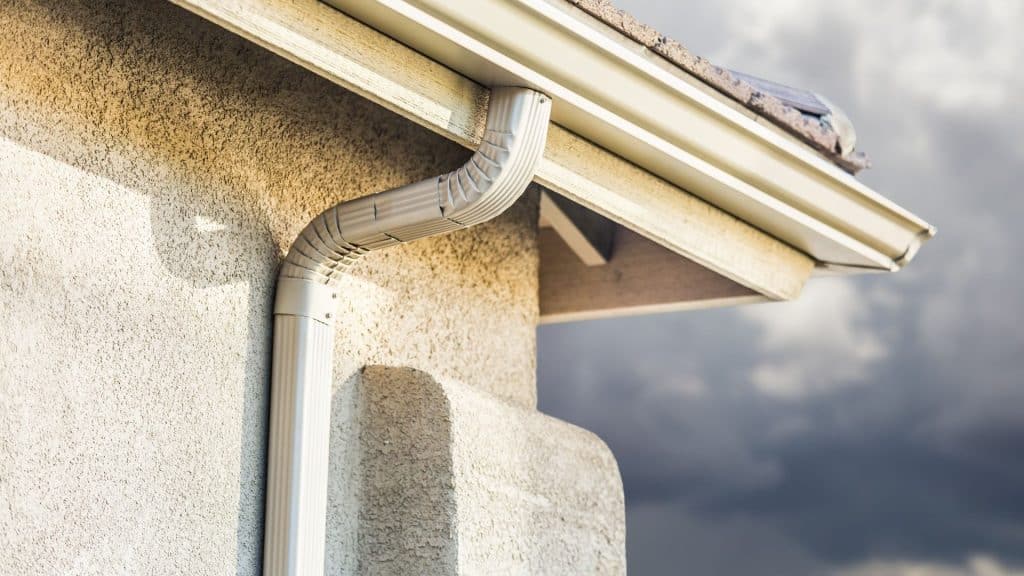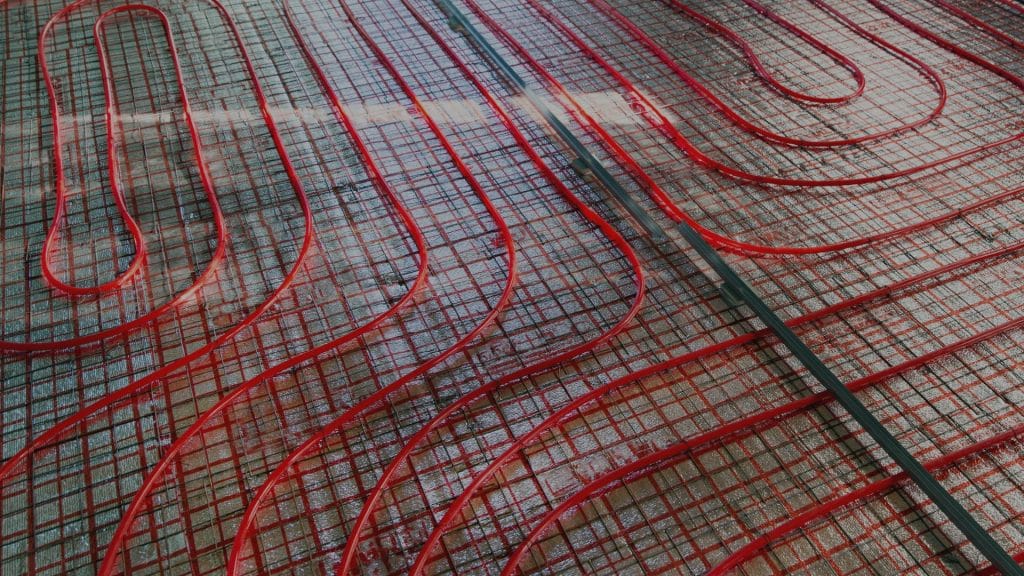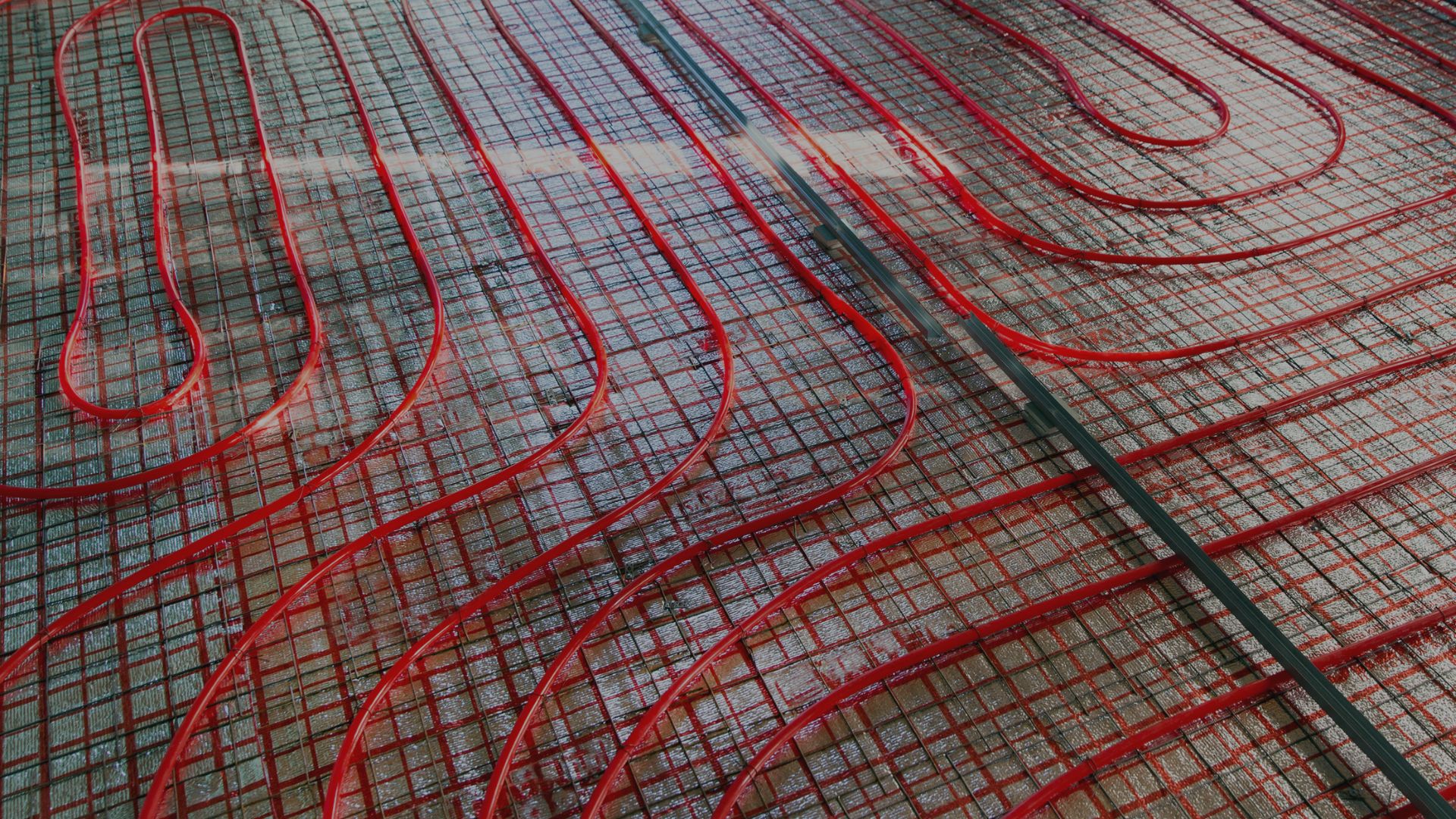Ever noticed those vertical pipes running down the sides of houses during a rainstorm?
Those are downspouts, and they do more work than you might think. Without them, rainwater would pool around your home’s foundation.
This can lead to serious damage over time. Cracks, leaks, and even flooding become serious problems when water isn’t properly directed away.
Downspouts are simple but essential parts of your home’s drainage system. They protect your property by moving water where it needs to go.
In this blog, I’ll show you what downspouts are, how they work, and the different types available. You’ll learn about materials, proper placement, and how to keep them working well.
What Is a Downspout?
A downspout is a vertical pipe attached to the exterior of your home. It safely carries rainwater from the roof gutters down to ground level.
These pipes prevent water from spilling over the gutter edges. When rain accumulates in gutters, downspouts provide an exit route away from your house.
Without downspouts, water would stream down walls, leading to surface stains, wood decay, and costly structural repairs over time.
Most homes have multiple downspouts positioned strategically. They’re typically placed at corners and along long gutter runs for efficient drainage throughout the property.
Key Components of A Downspout System
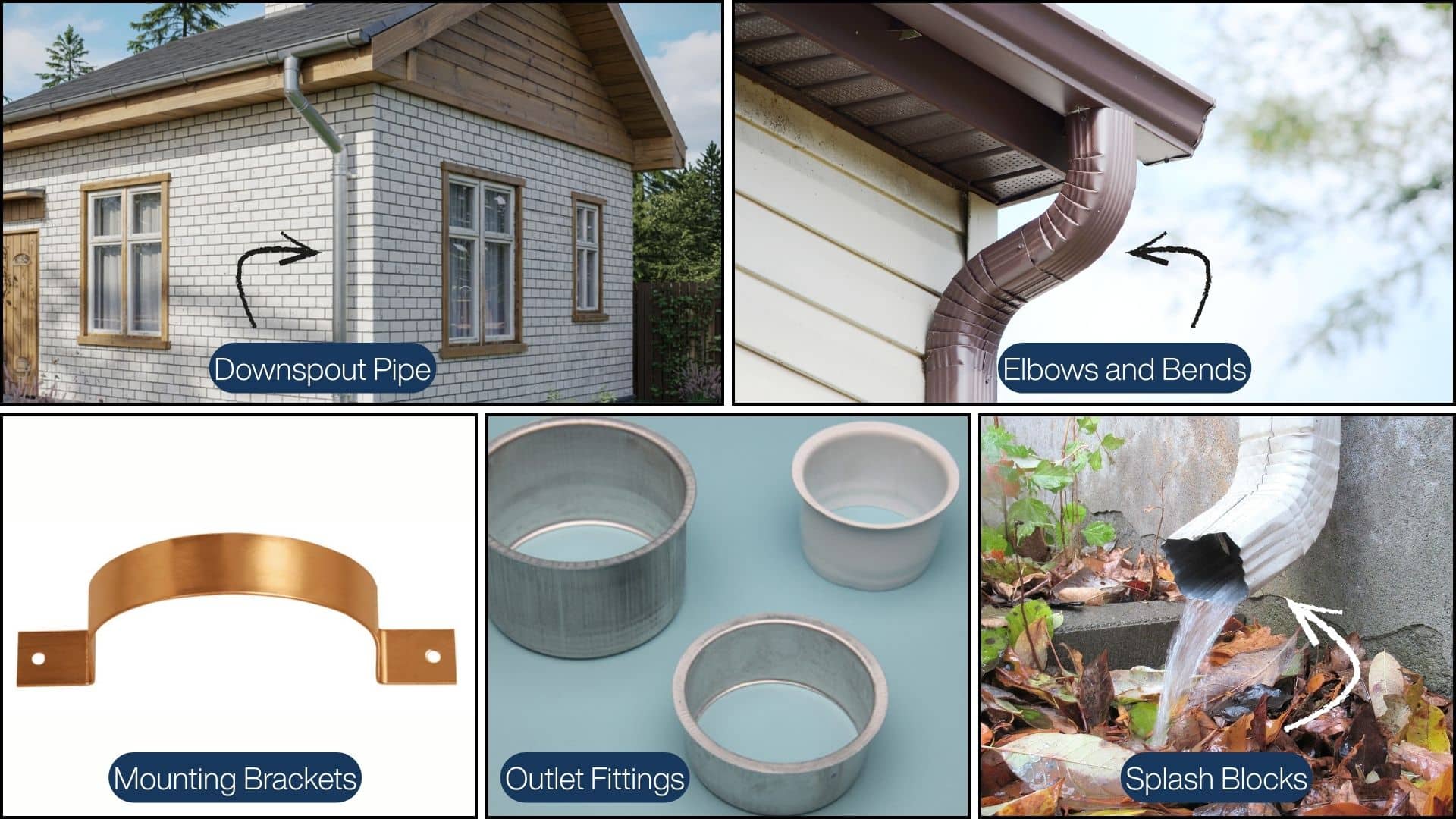
A downspout system consists of several interconnected parts that work together. Each component ensures water moves efficiently from your roof to the ground.
Downspout Pipe: The main vertical tube is attached to your exterior wall. It serves as the primary channel that transports rainwater from the gutter outlet down to ground level during storms.
Elbows and Bends: Angled connector pieces that redirect the water flow around obstacles like eaves or porches. They help position the downspout properly and guide water away from your home’s foundation effectively.
Mounting Brackets: Metal or plastic straps that securely fasten the pipes to your walls. These essential fasteners hold downspouts in place against wind and weather, preventing movement or damage during heavy storms.
Outlet Fittings: Connection pieces installed where gutters meet downspouts at the roofline. They create a sealed opening that efficiently channels water from the horizontal gutter system into the vertical pipes below.
Splash Blocks: Ground-level extensions or deflectors are installed at the base of the pipe where water exits. These direct water several feet away from your foundation, effectively preventing soil erosion and water pooling problems.
Downspouts’ Common Materials and Sizes
Downspouts are available in various materials and dimensions. Your selection depends on budget, climate conditions, and your home’s architectural style.
| Material | Benefits | Drawbacks |
|---|---|---|
| Aluminum | Lightweight, won’t rust, affordable for most budgets | Dents easily from impacts or hail |
| Vinyl | Very budget-friendly, simple DIY installation | Cracks in freezing temperatures |
| Steel | Extremely strong, handles harsh weather well | Requires coating to prevent rust |
| Copper | Lasts decades, develops an attractive patina over time | Most expensive option available |
Downspouts’ Standard Sizes:
Most residential downspouts are rectangular, either 2×3 inches or 3×4 inches. Some homes use round downspouts that are 3 to 4 inches in diameter.
The size you need depends on your roof area and rainfall in your region. Larger roofs or areas with heavy rainfall require larger downspouts to handle the increased water volume.
A good rule is one downspout for every 30-40 feet of gutter. This ensures proper drainage without overloading any single pipe.
How Downspouts Work With Gutters?
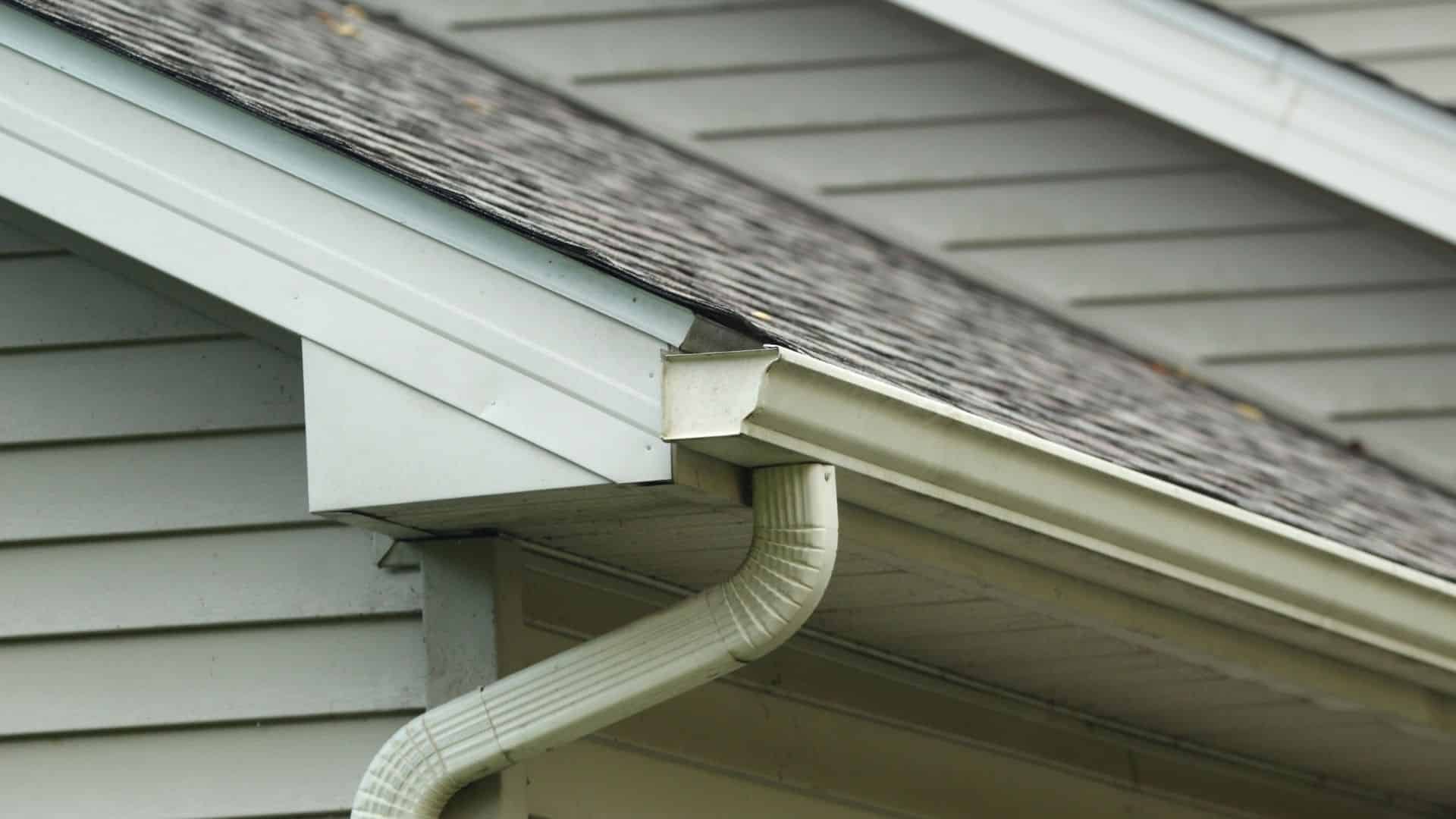
Downspouts and gutters work together to protect your home. Together, they collect and redirect rainwater away from your foundation effectively.
Here’s the process:
- Rain hits your roof and flows down to the edges.
- Gutters collect the water as it runs off the roof.
- Water travels along the gutter toward the downspout opening.
- The downspout carries water down the side of your home.
- Water exits at ground level and disperses safely into the surrounding soil or drainage paths.
Gutters need a slight slope toward the downspout. This is usually about 1/4 inch for every 10 feet of gutter. Without a proper slope, water sits in the gutter instead of draining.
The downspout location matters too. It should empty water at least 4-6 feet away from your foundation. This prevents basement flooding and foundation damage.
If gutters get clogged with leaves or debris, water backs up and can’t reach the downspout. Regular cleaning keeps the whole system working properly.
Types and Styles of Downspouts
Different downspout styles offer a range of looks and functions. You can choose based on your home’s design and specific drainage needs.
| Type | Description | Best For |
|---|---|---|
| Rectangular | 2×3 or 3×4 inches, fits flat against walls | Standard homes, modern designs |
| Round | 3-4 inches in diameter, classic look | Historic homes, half-round gutters |
| Corrugated | Ridged texture, handles heavy flow | High rainfall areas |
| Decorative | Chains or ornamental designs | Visual interest, focal points |
| Underground | Connects to buried pipes | Clean yard appearance |
Placement and Sizing Considerations
Proper downspout placement protects your home from water damage. Poor positioning causes problems even with quality systems installed.
Placement Guidelines
- Install downspouts at every corner of your home.
- Add extra downspouts every 30-40 feet on long runs.
- Keep them away from walkways and high-traffic areas.
- Direct water toward natural drainage slopes.
- Avoid placing near doors, windows, or basement walls.
Sizing Requirements
Calculate your roof area to determine downspout needs. Every 100 square feet of roof requires 1 square inch of opening.
A standard 2×3-inch downspout handles about 600 square feet. Areas with heavy rainfall need larger or more frequent downspouts for proper drainage.
Maintenance and Common Issues
Regular maintenance keeps downspouts working properly for years. Small problems become expensive repairs when ignored over time.
Maintenance Tasks
- Inspect gutters and downspouts twice yearly, in spring and fall, to ensure smooth water flow.
- Run water through with a hose to check for clogs.
- Inspect connections for loose brackets or separated joints.
- Test the water flow to ensure it exits far from the foundation.
Common Problems
| Issue | Signs | Solution |
|---|---|---|
| Clogs | Water overflows from gutters | Clean debris or use the snake tool |
| Leaks | Water drips from joints | Seal with caulk or replace the section |
| Loose Brackets | The downspout pulls away from the wall | Tighten or add more brackets |
| Poor Drainage | Water pools at the exit point | Extend downspout or regrade soil |
Wrapping It Up
To summarize, knowing downspouts helps you maintain a functional drainage system for your home.
These vertical pipes are essential for protecting your foundation from costly damage. Choosing downspouts suited to your roof’s layout ensures reliable water flow and long-term durability.
Strategic placement at corners and intervals ensures efficient water removal during storms. Simple tasks like cleaning twice a year and checking connections help prevent major issues.
With proper care, your downspout system can last decades while safeguarding your property investment.
Take a moment to inspect your downspouts this weekend.
Are they directing water far enough from your foundation? Share your experiences in the comments below!

